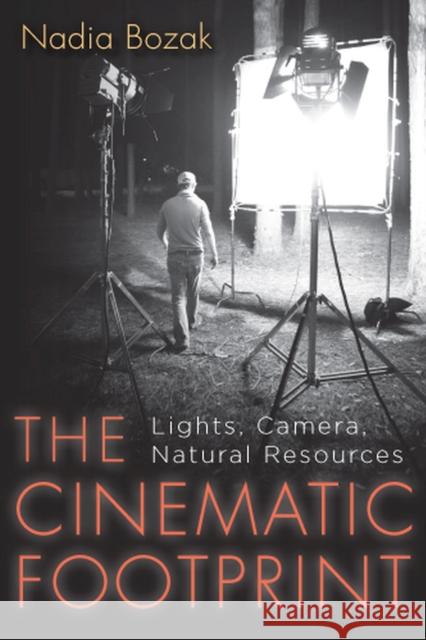The Cinematic Footprint: Lights, Camera, Natural Resources » książka
The Cinematic Footprint: Lights, Camera, Natural Resources
ISBN-13: 9780813551395 / Angielski / Miękka / 2011 / 256 str.
Film is often been used to represent the natural landscape and to communicate environmentalist messages. Yet behind even the "green" images shown on screens are ecologically unsustainable production and distribution processes. Noting that celluloid is often composed of petroleum byproducts, The Cinematic Footprint traces the history of how the "hydrocarbon imagination" has been central to the development of film as a medium. Nadia Bozak's innovative fusion of film studies and environmental studies leads her to make provocative connections between the disappearance of material resources and the emergence of digital media-with examples ranging from early cinema to Dziga Vertov's prescient eye, from Chris Marker's analog experiments to the digital work of Agnes Varda, James Benning, and Zacharias Kunuk. Combining an analysis of cinema technology with a sensitive consideration of film aesthetics, The Cinematic Footprint offers a new perspective between moving images and the natural resources that sustain them.











